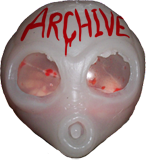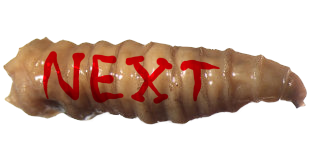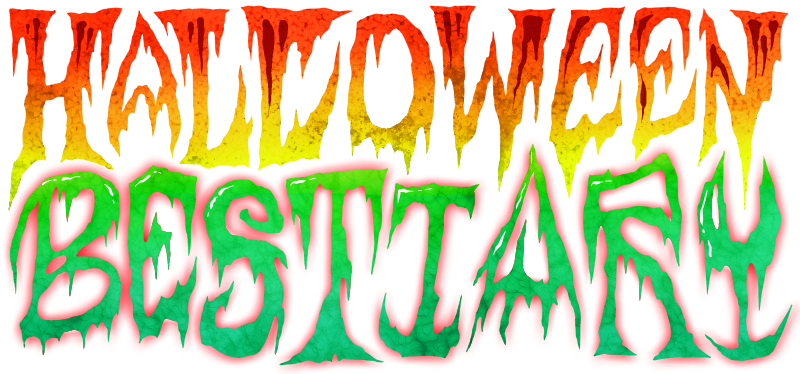
HALLOWEEN BESTIARY:
SKULLMOTHS

It was long, long ago in the year 2011 that I first wrote a post asking why
Death's Head Moths, genus Acherontia, weren't already a common Halloween icon. By
2019, I had begun to see them in Halloween merchandise just every so often, but still not nearly as commonly as you might expect.
Whether or not I had any hypothetical influence over this, I'm proud to say that as of 2023, the world's most menacing looking adult Lepidoptera have become such a frequent member of the Halloween animal club, I've been in retail stores with more Acherontia Halloween items than
black cat or
owl items. No joke!

And like
all Halloween fauna, these creatures vary splendidly in their degree of exaggeration! Some are scientifically accurate - sometimes direct copies of scientific illustrations on a framed print or a throw pillow - but more often than not, their finer details and especially their wing patterns are more imaginative, sometimes incorporating eyespots or even astrological symbols.

Most common, however, is the wonderful embellishment that their "death's heads" are no longer mere markings at all, but
actual humanlike skulls sprouting from the insect's thorax, or in rarer cases, serving as the creature's entire head!

It's official, then: we haven't just elevated Acherontia to the sacred status of holiday mascot, but the status of a relatively brand new kind of
monster, even without my help! How else can you even categorize an insect with any part of a human skeleton growing out of its back? That's far beyond mere "stylization" or "artistic license." That's pure horror fantasy!

Besides their dashing looks though, what's the
deal with these precious little angels? How do they compare to their natural inspiration? What could they do as supernatural monsters?

First, we should take a refresher on the attributes of the real thing: there are just three species of
Acherontia: A. lachesis, A. atropos, and
A. styx. They are fairly large members of the hawk moths or "sphinx" moths, the
Sphingidae, which also include the
hummingbird moths. All members of this group are exceptionally strong, fast and sleek fliers among moths, with one species of Acherontia having a nearly five inch wingspan, the largest moth in the British isles!
Acherontia are also among the only moths capable of emitting sound audible to humans, squeaking almost like mice when upset, and do so partially by passing air through a thick, strong feeding apparatus that evolved originally to drink honey! All three death's heads are actually honey thieves, each targeting a different honeybee species and imitating the host bee's scent.

When it comes to supernatural lore, death's head moths have been seen as dark omens and evil spirits all around the world, and in several cases, as a form specifically taken by vampires! It's in none other than Romania, birthplace of our most famous vampire and werewolf tales, where the soul of a slain vampire or other evil spirit may reincarnate as one of these ominous insects. It's worth noting that the other hawkmoths also include the only known blood-drinking moths as well, and several species of moth that feed on vertebrate
tears!

"Death's head moth" is admittedly a bit of a bit of a mouthful to specify every single time, and it's already the name of the real animal. I have, however, already seen the Halloween versions sold under the name "Skull Moth," which is as good a term as any. "Death Moth" and "Grave Moth" feel just as appropriate, too, especially if not all of them necessarily incorporate the skull. Obviously they should be able to suck blood like a few of their natural cousins, and we can't ignore the idea that they act as physical vessels for malevolent souls, but we don't want that to be their
only context, do we? They deserve to be creatures in their own right, too, not just some temporary disguise taken by something else entirely!
I'm going to say that moths, for whatever reason, happen to be an ideal vehicle for any disembodied spirit that knows how to summon one, at which point the otherwise normal, harmless creature begins to take on this more ghoulish appearance and an appetite for hemoglobin. The next question is why a warlock or a wight or a werewolf would
want to ride around in a fluffy little insect, and I think the answer to that lies in the bloodsucking part. Just as a tick or a mosquito can transmit infection, the bite of a Skullmoth might just be one of the easiest ways for the dead to get themselves back into a new body.

...It should not, however, be as easy as just steering your rebound body straight to the nearest viable host and shooting yourself into their veins. We're talking about some kind of lich desperately cramming its mind into a supernaturally mutated bug; it's not some kind of USB drive. It has to be a pretty weak, barely stable connection to the world of the living, and its passenger may have only the faintest grip on reality, their memories and sanity slipping every second. Some souls might even be fragmented across
multiple moths, which opens up a whole new can of worms. The longer a foreign soul - or part of one - remains in a Skullmoth, the harder it may be for that soul to retain its identity or ever make the necessary transfer, and once they're past the point of no return, there's no telling what route their form may take from there. Irreversibly infused with a mad vestige of a completely different being, the Skullmoth may grow much larger, weirder, and more powerful in its own right.
PAST HALLOWEEN BESTIARIES:
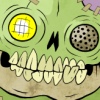
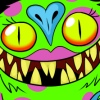
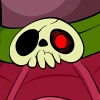
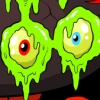
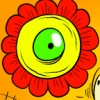
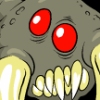
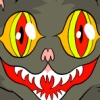
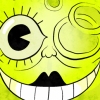
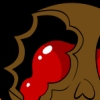
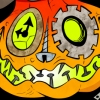

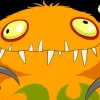
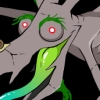

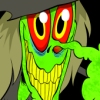
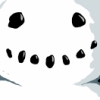
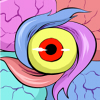
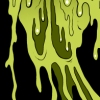
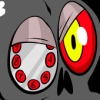
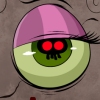
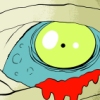
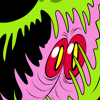
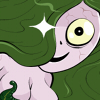
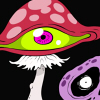
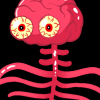
THE HALLOWEEN BESTIARY BOOK:
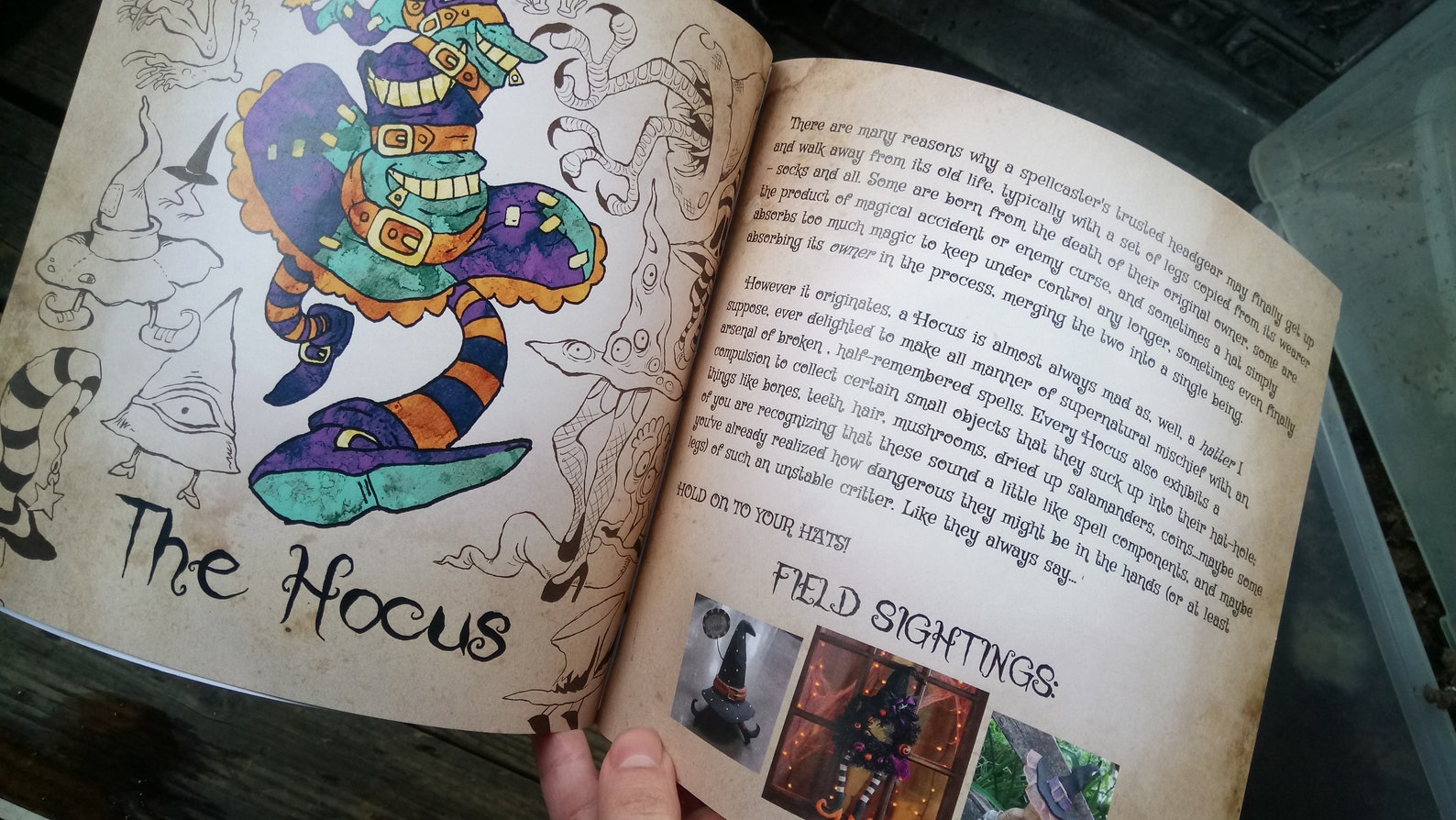
Written by me with illustrations by our friend Bynine, this little book collects thirteen monsters inspired by Halloween decorations. Get a real copy here while they last, or a digital version on my ko-fi.
WAYS YOU CAN SUPPORT THIS SITE!
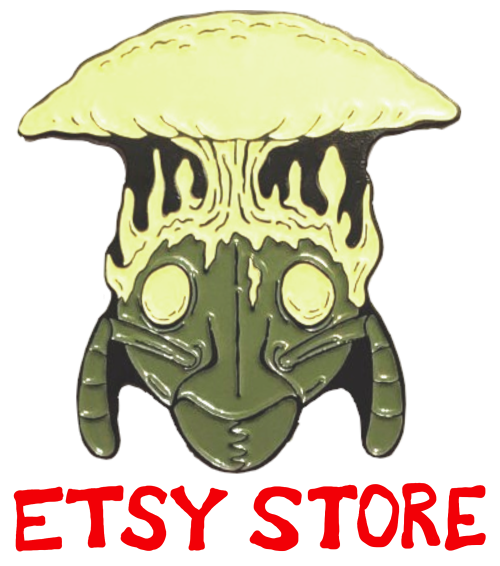
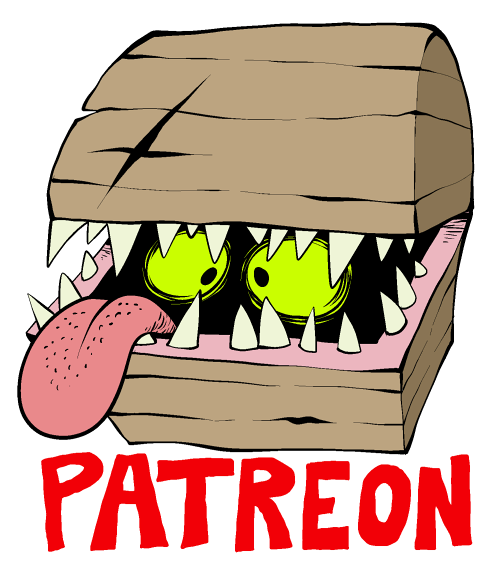

MORE HALLOWEEN FEATURES:

